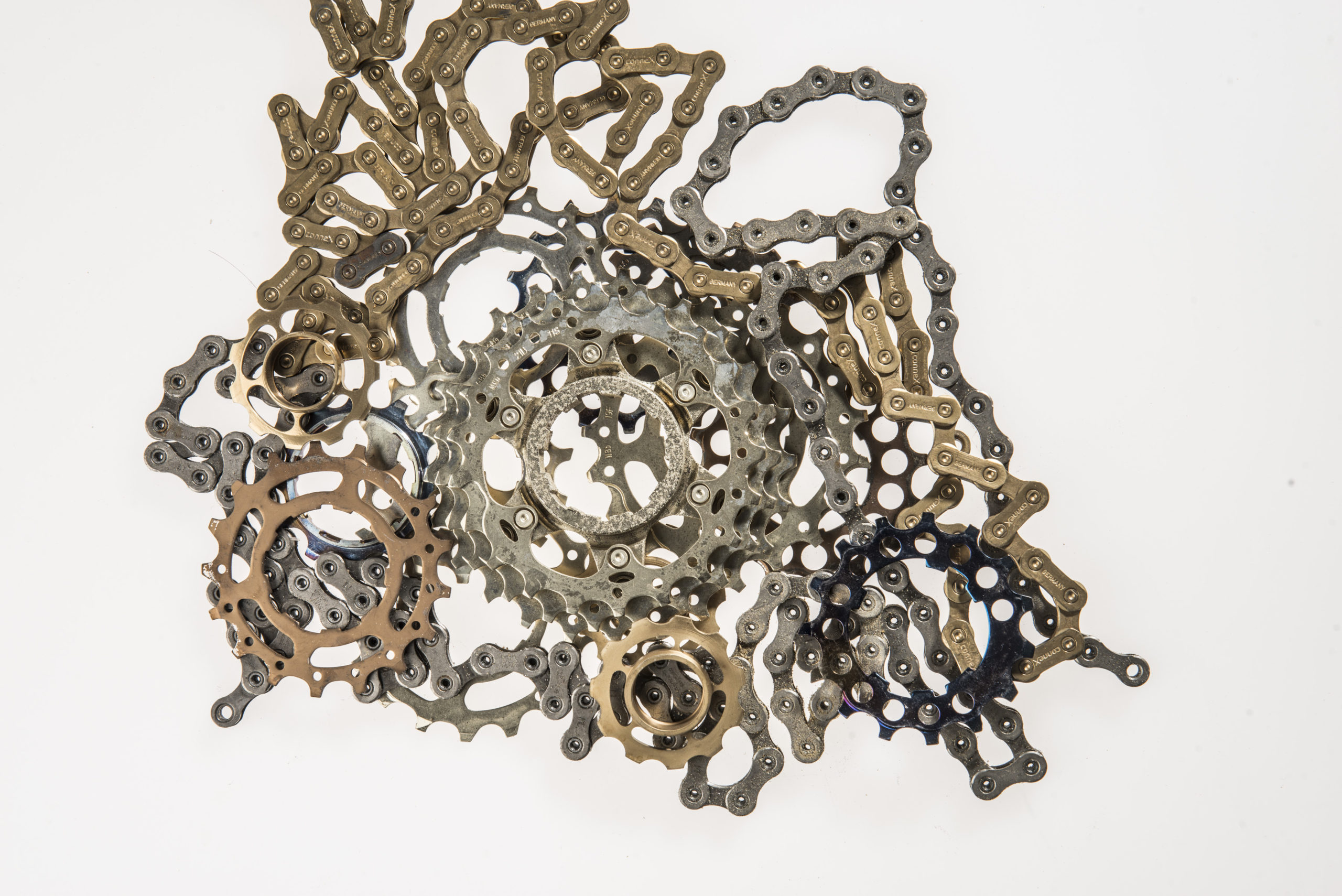This is part 2 of a 3 part series
Part 2: Making a PVD Coating is Like Painting a House
This is part 2 of Alcadyne’s guide on how to make buying a PVD coating easy. Read Part 1 here.
In part 1 of How to Buy a PVD Coating I covered the ins and outs of why we ask so many questions like the end use of the product, the surface material characteristics, what environment the part will be exposed to, etc. Today I dig into this more & hopefully convey how PVD companies think.
I think it is useful to think about PVD coating services like house painting .
You already have a house. It’s been there for a while and lots of things have happened to its walls. The kids draw on them, the drywall gets patched, or there’s simply dust that collects over time. You don’t care about all that stuff, you just want the room to be a different color.
When the painters show up at your house, the first 4 days of a 5-day paint job seem like they have nothing to do with painting. There’s certainly lots of work being done, such as laying out tarps and masking edges, but it’s not entirely clear if it’s all headed in the right direction or if it’ll get done at all.
A person could be forgiven for not understanding why the people you paid good money to change the wall from white to blue seem to not be making any progress towards that goal.
Then on the very last day you come home and suddenly the walls are the perfect shade of blue. The colors are bright, the lines are crisp and there is nary a sign that the painters were ever there
We define painters by the job we want them to do – paint – when 80% of their effort is in the preparation. But it wouldn’t make much sense to call them tarp layers and edge maskers. Painting a wall that has nothing around it, no carpet, no other walls, no light fixtures, is easy and cheap. An amateur could do it in an hour. But you hire professionals to come to your house because they have the discipline (and incentive) to put in the time to prepare and have a beautiful end result.
PVD coating companies face the same challenge, and that’s why we ask so many questions that can make the process of buying a coating seem complex. Because our coatings are designed to atomically bind to the surface of an underlying part, we care a lot about the story of that part before it got into our hands. What alloy is it made from? What sorts of cutting tools were used on that surface? Is that finish made by sanding or blasting? Was cutting fluid used on that porous plastic?
All of these seemingly minor details impact our ability to get you what you want, because they all change the quality of the surface.
In the end, you don’t care about the same things your PVD coating vendor cares about. You just need the finished part that will do what you need. You hire a company like Alcadyne because we have the expertise to care on your behalf, because our success only comes when you are successful. Because we know enough to care about the history of your parts, we spend the majority of our working hours preparing to coat rather than coating. We have special techniques, supplies, and training to know how to prepare a wide range of materials to accept a wide range of coatings.
We can’t assess your parts the way a painter bids to paint your house. But by asking the right questions, we gather the information we need to help you get the job done.
Contact us to discuss your PVD coating needs. Or house painting – we’ll have some opinions there too.
And come back for Part 3 where I’ll share how to leverage this information to make buying a PVD coating easy.



